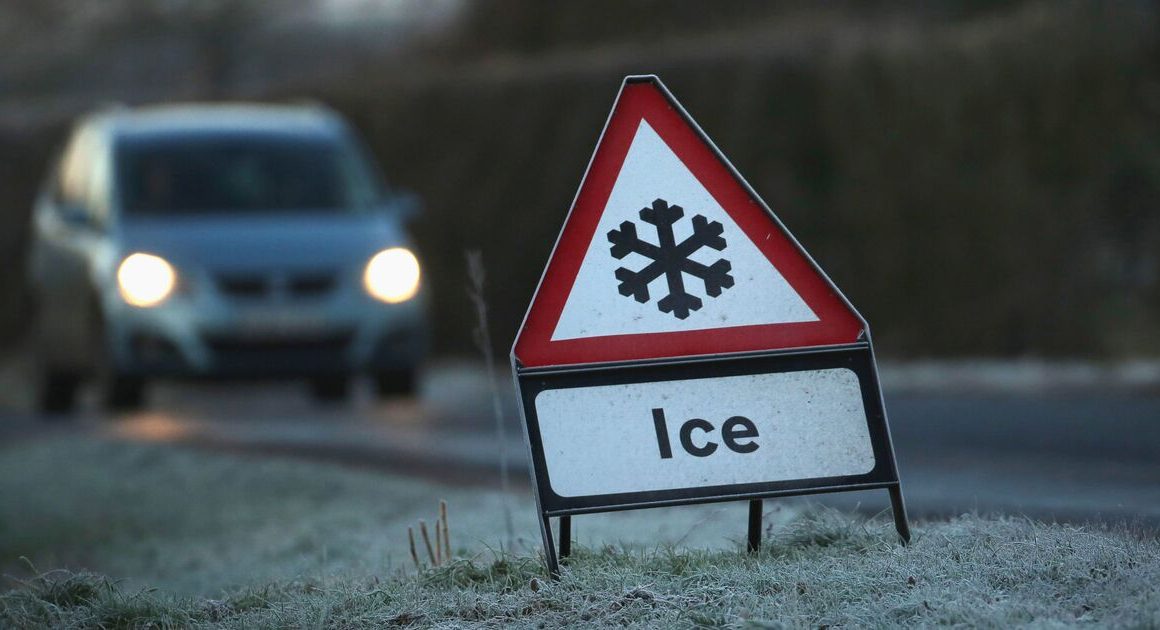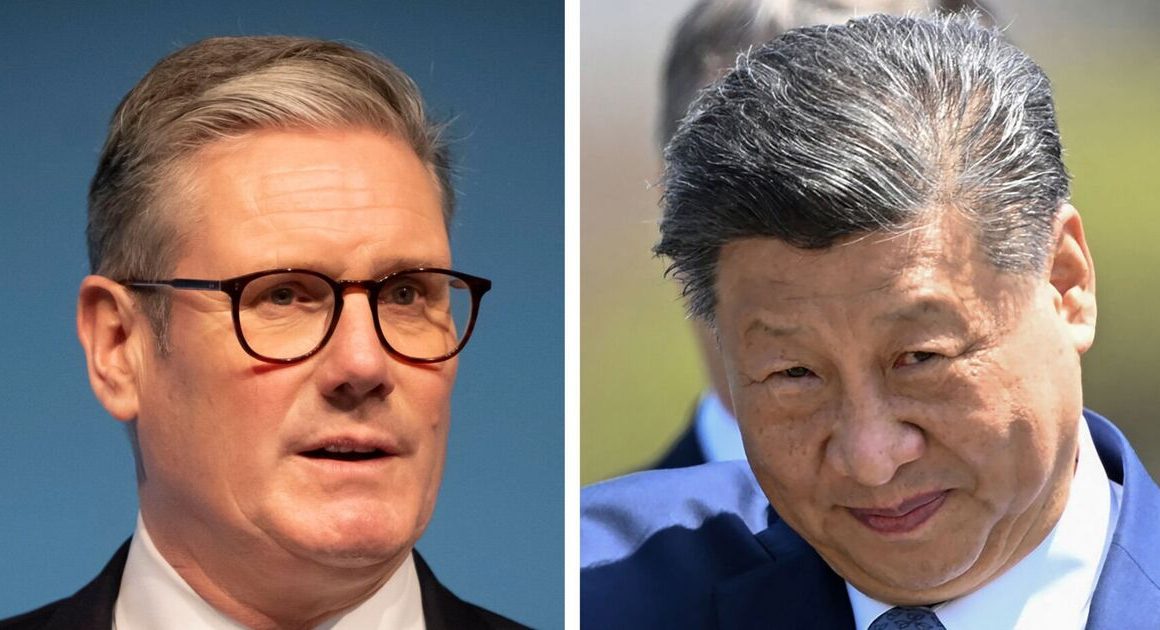Ukraine’s push to recruit more soldiers in its ongoing war with Russia has been heating up this summer, with signs emerging that Kyiv’s much-debated mobilization efforts may be turning a corner.
Bohdan Senyk, a spokesperson for the Ukrainian military, told Reuters that recruiters had seen a “positive trend” in May and June, with conscription levels doubling compared with the two months prior, without providing any figures.
And Ukrainian President Volodymyr Zelenskyy told a news conference on Monday that mobilization efforts are going “according to plan,” although he said training facilities must be expanded to accommodate them.
While Ukraine welcomes any boost in troops, analysts say Kyiv’s job doesn’t end with simply sending more soldiers to the front lines.
“What the Ukrainians are showing us now is not a surprise,” George Barros, an analyst at the Institute for the Study of War in Washington, D.C., said, adding that some estimates suggest Ukraine will be able to generate at least 10 brigades through recruitment — with each brigade comprising 3,000 to 5,000 troops.
Barros said the question for Ukraine is not whether it can find enough recruits but whether it can provide them with the tools they need on the battlefield.
Mathieu Boulègue, a defence analyst with the Washington-based Center for European Policy Analysis, said the training and effective deployment of these incoming troops will be critical.
He told Reuters that Ukraine must “invest human capital smartly and efficiently where it is needed. Because inasmuch as you can get anyone to drive a truck or clean toilets, you can’t get effective warfighters that easily.”
Prior to the summer, Ukraine took steps to increase the pool of potential recruits it can draw from following Russia’s invasion in February 2022.
The government lowered the draft age, limited the exemptions for serving and pushed Ukrainian men living abroad to consider their obligations at home. It also allowed some prisoners to enlist in the military — a step it had not taken previously.
But the process of deciding who can be pressed into the war effort has been contentious. With the war in its third year, tensions have not abated over this issue.
On Monday, Ukrainian police in the western region of Lviv reported that someone threw a grenade at a recruitment office in the city of Busk overnight. No one was hurt in the incident.
Media reports suggest some men in Ukraine are hiding from recruiters, in a bid to avoid being drafted.
The problem with demobilization
Alyssa Demus, an international defence researcher at the RAND Corporation, a U.S. global policy think-tank, said mobilization remains “a really controversial issue” in Ukraine, as does the related issue of how to provide long-serving soldiers relief from duty.
Some Ukrainians have been fighting on the front lines since the start of the all-out war.
At this point, those veterans have vital skills and experience that can’t easily be replaced by rookie recruits — a reality that Demus said has given Zelenskyy pause on how to deal with the demobilization issue.
“There are new recruits that have zero military training,” she said, adding that also means no combat experience either.
Yet the veterans have spent years away from their families and the lives they had before the war, and they have been under intense stress.
“That takes a huge toll on someone,” Demus said.
Despite this group’s collective burden, there’s no timeline on when these veterans will be going home.
Continued U.S. support unclear
The U.S. election in November could mean a change of leaders in the White House — and that could affect Ukraine.
The Oval Office incumbent, U.S. President Joe Biden, has been supportive of Ukraine’s fight with Russia.
His Republican rival and presidential predecessor, Donald Trump, however, could prove less reliable for Ukraine — as he praised Russian President Vladimir Putin at the start of the invasion and has repeatedly claimed he could end the conflict quickly.
While noting that much of the world is awaiting the outcome of the U.S. presidential election in November, Ukrainian President Volodymyr Zelenskyy said at Tuesday’s NATO summit that his country cannot wait until then for the ‘strong decisions’ needed to repel Russia’s invasion.
Zelenskyy said on Monday that he expects Ukraine will work with Trump if he wins the U.S. election.
“I’m not afraid of this,” he said, adding he believes that “the majority” of Trump’s Republican Party supports Ukraine.
Barros, of the Institute for the Study of War, agreed that Ukraine currently has “very strong bipartisan support” among U.S. legislators.
“I have to remain hopeful that we will continue to support Ukraine,” Barros said.
He said uncertainty surrounding who will take the White House in November may serve as motivation for European nations to invest more in defence.
The RAND Corporation’s Demus said the support that Ukraine gets from the U.S. and other allies is part of a series of inter-connected issues that Kyiv must manage when it comes to mobilization.
The armed forces need to be well supplied for troops to do their job, she said, and the public perception of how well they are supported plays into the willingness of people to sign up for military duty.

Barros said that what the U.S. has committed to sending Ukraine won’t include enough heavy equipment — such as tanks and armoured personnel carriers — to outfit all of the expected brigades.
If that doesn’t change, incoming troops will be limited in what they can do for Ukraine, he said.










